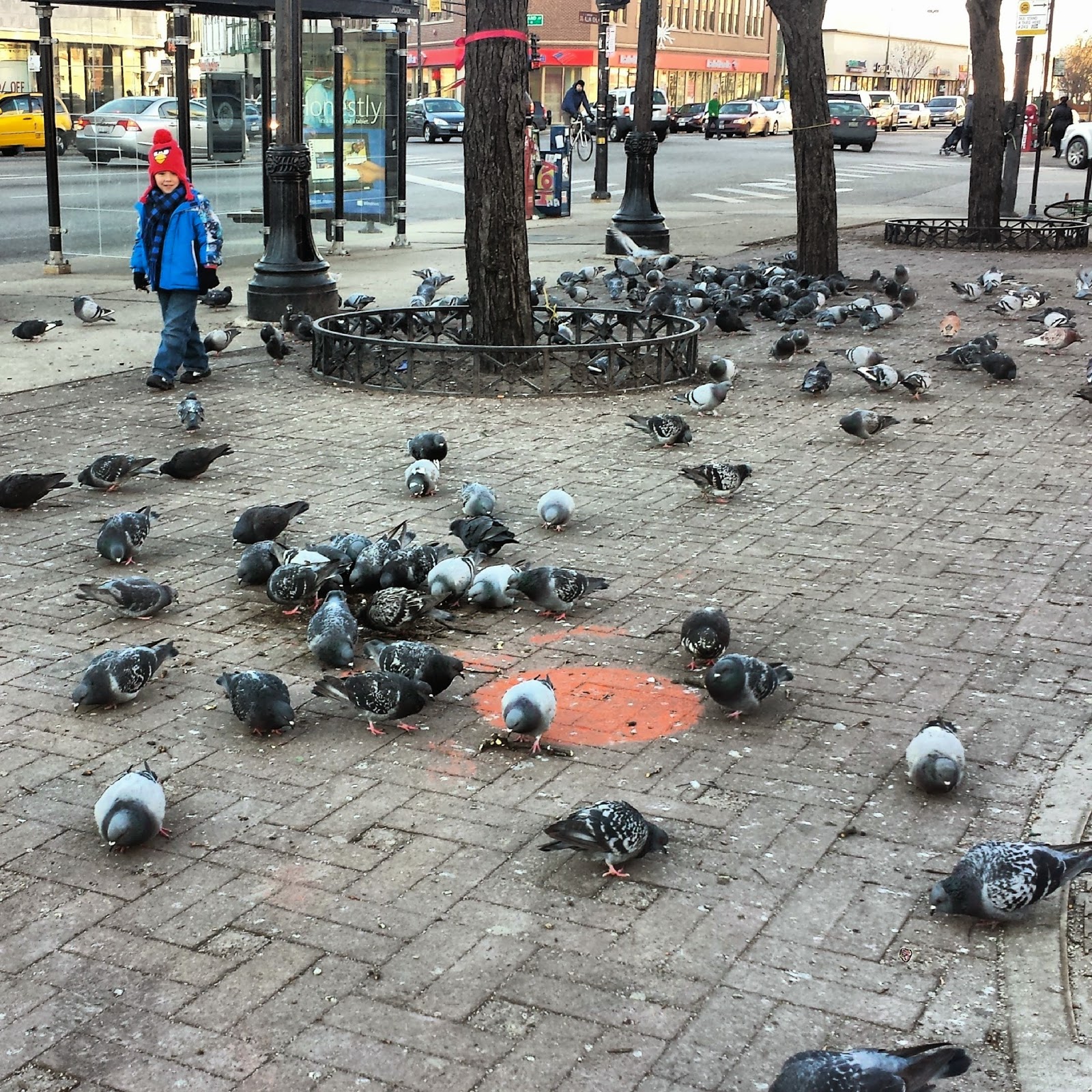Picture This: The Ethics of Photo and Video Journalism
As I write this post, it is difficult for me to not scroll through my news feed on Instagram as I - and undoubtedly, all of Gen Y - feel the need to be constantly connected. We have turned from words to a more simple form of expression, pictures. I could make the case that we are becoming more and more lazy and our minds are responding to less and less complex stimuli but I think that would be neither fair nor reasonable. The pictures that we find on Social Media sites like Facebook, Instagram, Flickr, Tumblr and even Twitter, alongside the constant stream of communication in pictures that we have through Snapchat makes the average citizen (no matter what age) a photojournalist.
This simple fact has led "decisions that once could be made in the relative calm of the newsroom ...to be made in the field in an increasingly competitive media environment." The nightly news has lost value because many images and videos of events can be viewed on Youtube before the news has a chance to air. The new challenge has been to provide a clear context for the images and video the consumer now sees and to provide accurate facts that help the viewer understand why the story is important and how it relates to them. I think that news stations of late have been struggling with this issue, many nightly news stations choose to sensationalize the news instead of providing contextual stories that pertain to the viewers.
The general rule for photographers, outlined in Chapter 8 was shoot and edit later, this has created conflict with Goffman's territories concept because he believes we all have the right to control 'information' (including visual information) about ourselves and photojournalism invades that privacy. Garry Bryant offers a checklist for photographers to run through quickly before shooting:
- Should this moment be made public?
- Will being photographed send the subjects into further trauma?
- Am I at the least obtrusive distance possible?
- Am I acting with compassion and sensitivity?
Machiavelli and his ideas about immorality and consequence from his publication "The Prince" are also reflected in this chapter. It was said that "The photographer who is deciding whether and how to photograph a tragedy is wrestling with the dilemma of treating every subject as an end and not merely a means to an end." Warren Bovee's and Byrant's checklist can both be used to assist the photographer in understanding clearly the effects of ones actions. The question that lingered with me from Bovee's checklist as the most difficult to answer was "Are the means truly morally evil or merely distasteful, unpopular, etc.?" This question is one that lies with the public opinion and the culture and beliefs of one's surroundings. Thus, making it a necessity to answer the questions society holds before evaluating the countless variables that exist effecting the photograph.
Now that light, angle, proportion, and setting can all be manipulated or set up, photography has lost its assumed sense of sincerity. In the section on 'Staging Photographs and Video', I was intrigued by the concepts of Mirror and Window photographs.
- Mirror photographs and videos are more staged. Props, lighting, poses, and settings were manipulated to achieve a maximum effect, this makes the photo a representation of reality. The example used in the text of Mirror Photos was the photography from the dust bowl - I was shocked to hear that the images in texts I had read as a child were not genuine.
- Window photographs and videos are reality being captured by the photographer with no intention to alter it.
I am saddened by the fact that many experts agree 'photos are loosing their moral and legal authority,' mostly because of the amount of personal, political, and commercial power that photos have. However, I am glad that the text book holds news photography to a higher standard than "feature photos," based on the belief that art may be manipulated, information may not.
I took this picture a few months ago and keep returning to it according to the ethical principles I have learned in this chapter. Now that I know I need to be evaluated with the standards of a photojournalist (because after all I uploaded this Facebook and Instagram as an entry to a Photo Society contest) I realize that this photo was taken and used unethically.
I was walking through downtown Chicago and saw this young boy playing with birds - I wanted to save the moment without any intention to alter it, it was a Window photograph. However, I did not receive consent to photograph a minor, It was not my responsibility to make this moment of joy public, it did not provide any useful or pertinent information to the rest of the community, and I used the happiness of the child as a means to meet my end of winning a contest.
Needless to say, I have taken this picture off of social media.

No comments:
Post a Comment